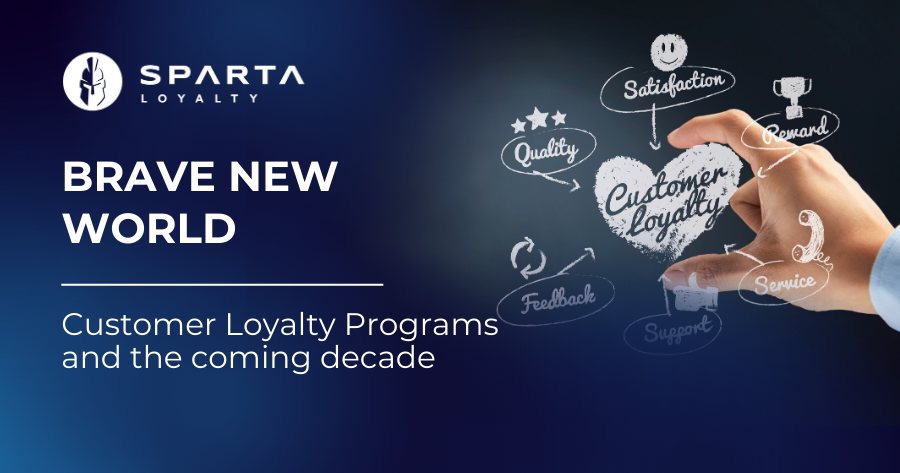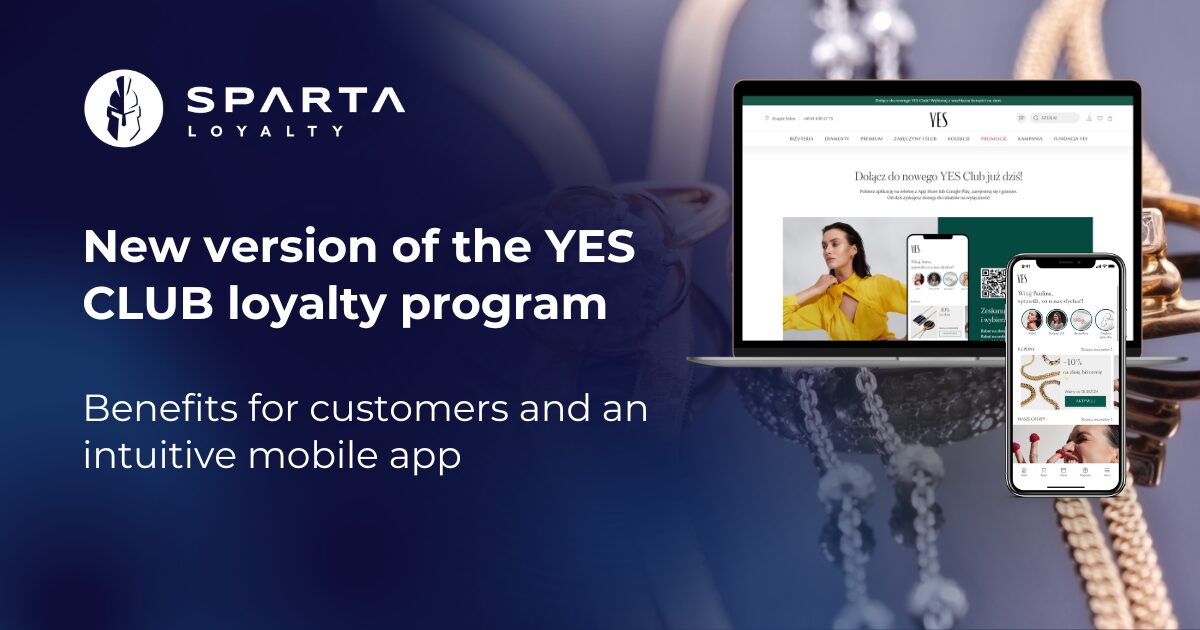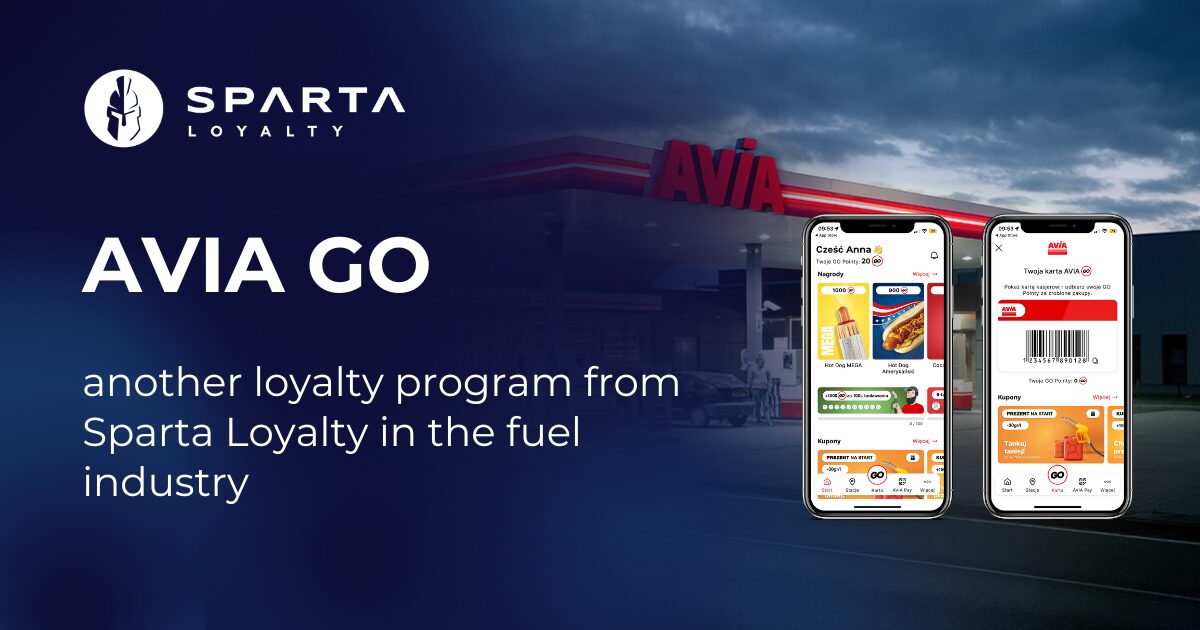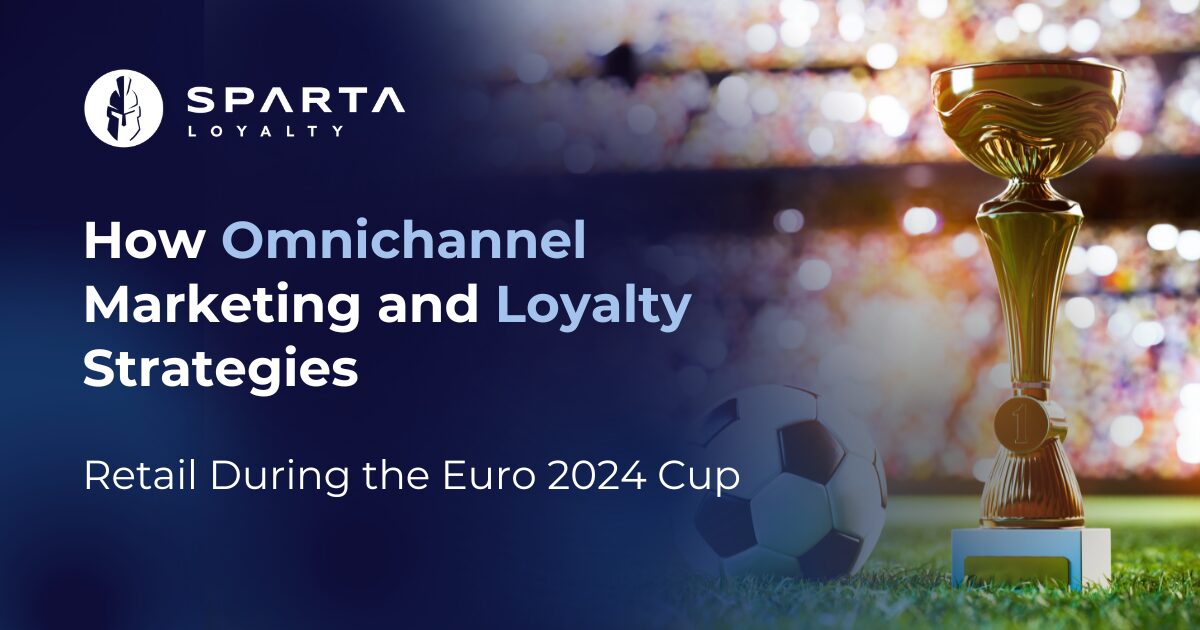“Points are dead..!” Shell cried out while completely revamping its UK loyalty program as if the world was ending. But to be completely sincere, we can observe that it is rare that multi-partner loyalty programs fail to achieve their own set goals as they usually clash and do not coincide with each other. For example, BP broke off its long-term cooperation with Nectar in the UK. This also can be seen in our domestic market of Poland, whereby Payback reduced its partnerships with various companies. Furthermore, it can be seen that more and more companies (Tesco in the UK, Amazon Prime, and Empik) are introducing independent subscriptions to loyalty programs for a fixed-rate/fee.
So keeping all of this in mind, what awaits us in the near future?
Is transaction loyalty dead, or can the dead still walk?
Just to digress for a minute into the past (before we begin peering into the future), it’s difficult to fathom that one of the first well-documented loyalty initiatives was established in the USA in 1896. It featured a prominent stamp-based system which was very well established, especially being the new kid on the block. Sperry & Hutchinson USA – began offering loyalty stamps to various retail chains and petrol stations. On this basis, the separate chains would purchase these stamps from S&H and be given to respective customers as bonuses, which would depend on the initial purchase amount. As a result, customers would collect these stamps in special booklets handed out (free of charge from S&H) and then redeem them once the booklet was completed. These completed booklets would be used to redeem specific bonuses, items from a local retailer, or directly from an S&H catalog. We can conclude that this was not only one of the first loyalty programs to be established but a joint venture, bringing on the birth of a multi-partner program.
Now back to Stamps! All of this may sound a little too familiar to those who lived in Poland during the socialist period (albeit this is a far different matter), but when analyzing these sorts of programs in the post-capitalist era, we can see they have merit. With the development of the new market economy, we can observe a surge in points-based programs occurring across many vendors. One such example is the ‘Family Program’ based out of the Carrefour retail chain. Like other programs, it utilized an essential ‘purchase for points’ system that could be later redeemed for some sort of bonus or reward. In the post-socialist era, this was a way to galvanize support and loyalty to one particular chain rather than a competitor. A considerable feat in itself, especially for a consumer market that was only used to one source.
As I aforementioned – ‘Points are dead..!’ – Shell devised a new loyalty program that was a new initiative with emotional underpinnings leading to rewards. The ‘Shell Go +’ program launched in the UK whereby a customer would receive a bonus/reward each time he/she visited the petrol station. These bonuses would include a 10% discount on hot drinks in the buffet, with a 10th visit entitling the customer to a reward. We can observe from this that the customer creates a level of loyalty based on the emotional bond fostered with Shell due to the constant desire to chase that 10th visit, even if it is subconscious. This is backed by Shell Go + rewarding the customer with every visit, providing a permanent 10% discount, and further luring them to the elusive 10th prize.
So you’re probably wondering if the ‘points are dead,’ then why are we even discussing them? Has Shell gone and revolutionized the marketplace? The evidence clearly shows that any large company that wants to take its customers seriously uses some sort of loyalty program, points, or otherwise. One look at financial institutions in the last 30 years depicts that bright as day. The main challenge these companies (and maybe yourself, keen readers) face is how to retain customers to keep active in such initiatives and keep customers honestly thinking they are a part of something new. Many companies face this dilemma, as they are under a lot of pressure to create/reuse their loyalty program in a whole new way.
Is it the end of multi-partner programs – the beginning of subscription programs?
As mentioned previously, the steam that powered the locomotive of Multipartner programs seems to be running out. On a long enough time scale, we have seen that American Express has announced the closure of its ‘Plenti’ program and BP to Nectar after being one of the most extensive multi-partner programs in the UK for many years. Even in the Polish domestic market, Empik terminated its cooperation with Payback, supplementing its own program in its absence.
In the current zeitgeist of big data and marketing automation, most companies focus on garnering as much information from a loyalty program. This comes in the form of the customers’ sales habits and shopping lists – participant database – which allows companies to tailor different sales approaches to customers. Furthermore, it can add to the personalization of offers and allow companies to respond quickly to changing market behavior, especially during particular purchasing and/or sales periods.
Furthermore, mono partner programs such as Tesco Club UK, Amazon Prime (with over 18 million loyal subscribers!), Allegro Smart!, and Empik premium have taken it upon themselves to monetize their database even more by creating a subscription modality whereby the offer of benefits is determined by a fixed monthly fee which in return the customer receives discounts, bonuses, and reward opportunities. From this modality, we can extrapolate that the subscription itself has become more than just a loyalty program but a valuable tool that customers use daily. A prestige or comparatively, a selection is also inferred as the customer signs a contract with the company, declaring themselves loyal to that brand. This influences the relationship with the end-user as they have vowed to use a particular service in exchange for some benefit.
What about virtual offers?
The demand for virtual or redemption offers (services offered to participants through vouchers or redeemable coupons) has increased as they have been seen to be the most effective in evoking emotions within the customer base. This is being favored more and more by operators as opposed to material awards due to not having to bear the overhead costs of supplementing additional items (these costs relate to warehousing, handling complaints, ensuring availability of awards, etc.), but also limiting the customer to only a tiny selection of rewards.
A clear example is coupons issued to customers dependent on the value of purchases or points collected, granting greater freedom for the customer. This, in turn, has a more significant effect on the movement of stock and a more incredible sales performance as the customer can redeem those coupons for its own services or other partner coupons. Moreover, nowadays, with our tech-savvy lifestyles, most of these coupons are redeemed as e-coupons that require no physical material distribution and are readily available via either email or mobile application.
(Psst! Over here!)
If you wish to extend virtual offers or even push your loyalty program a little further, help is at hand! First, you might want to consider if your company can offer your customer services that they can redeem without incurring significant expenses (such as a complaint without a receipt, extended return time, warranty, special services, etc.). This is a way to make use of services that you already possess but can be made more readily available to someone who signs up for the loyalty program. This advances the customer experience, which should be the hallmark of any loyalty program.
The Necessity of Technology in Loyalty Programs
Now with a more tech-savvy global economy, we can see the death rattle of physical plastic cards as an endpoint mechanism for loyalty programs. Not only because there is a varying degree of corporate responsibility (less plastic – more environmentally friendly), but the possibilities offered by integrating technology and user interface into a streamlined process.
Example:
Programs in the Polish domestic market (żappka, Klub Rossmann) have made the switch to the application-mobile sphere, where customers are initiated into a program by the means of a virtual card. All interactions that the customer does (coupons, push notifications, data editing, etc.) also take place there. This has also coincided with the use of mobile wallets such as Google Pay whereby you can store card information (coupon as well) in the form of a pass without the need to enter details for each individual transaction. Furthermore, with the advent of artificial intelligence and its development, analysis of loyalty data – tracking changes in participant’s life cycles or predictions in sales trends) has proven advantageous. These are all crucial tools that work well on their own, but when bound to a homogenous program database and a clear, consistent strategy – they are unstoppable.
Another dream of the operators and their programs is the ‘MultiTouchPoints’ model, i.e., combining as many points of contact with the customer as possible (such as stationery stores, e-commerce, mobile application, or survey data). Despite many possible tools, companies still have a large problem with gathering all significant customer data in one place from all possible channels. Operators often struggle with the consolidation of data and with its use. The dispersion of tools in various departments and the lack of the possibility of integrating the tools used are significant challenges marketing teams face. Creating a coherent policy linking all the points of contact and then maintaining such a virtual infrastructure is undoubtedly one of the many challenges of the new decade and one that will gladly face.






